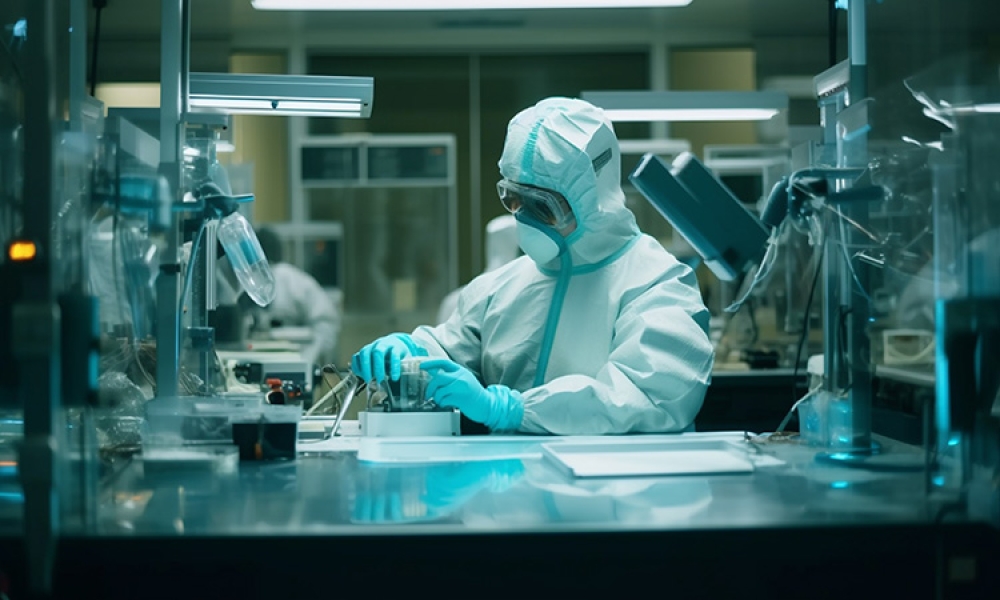Why I Do the Work I Do

ISPE San Francisco Member Reflects on His Career and How it Affects His Personal Life
Source: ISPE San Francisco Chapter Volume 19.2, 2014
About a week before Christmas last year, I was playing with my kids in a school yard, where I fell and scraped my left elbow. Once home, I cleaned the scrape with some water, and applied some Neosporin and a Band-Aid. I didn't give it a second thought.
A week later, my scraped elbow was still hurting, and I thought I might have a hairline fracture. My doctor sent me for an X-ray (turned out no fracture) and noting that my elbow was getting a bit red and puffy, gave me some oral antibiotics and sent me home.
The next morning, Christmas Eve, I had a fever. By late morning, my temperature was rising, my elbow was even puffier, and my arm was turning an angry shade of red. I went to the local emergency room and was admitted to the hospital with signs of sepsis, a potentially life-threatening physical response to an infection: a temperature of 104°F and a white blood cell count almost three times the high end of normal.
The doctors immediately went after the infection in my elbow with a local surgical procedure to clear the bacteria and started me on heavy IV antibiotics (Vancomycin). However, I continued to spike fevers, and my arm became redder and more swollen.
By December 27, my entire left arm, from shoulder to hand, was a deep scarlet. Worse, the skin had begun to blister. The doctors informed me that given the pace of the increasing swelling and the appearance of the skin, they were concerned that my Streptococcus pyogenes (strep A) infection had become necrotizing fasciitis (popularly known as flesh-eating bacteria). Within the hour, I was wheeled into surgery to open my arm to investigate, and, depending on what they found, to remove dead tissue, possibly including the arm itself.
Thankfully, the infection was not necrotizing fasciitis, and the deep incision down my forearm offered an opportunity for the infection to drain. Post surgery, I continued on IV antibiotics (penicillin-based, now targeted to the strep A) and things got much better. I underwent a third surgery on New Year's Eve to close the incision, and was released from the hospital later that day. I was home to watch the ball drop that night!
Not to be too dramatic, but sepsis can be a very serious condition, with a mortality rate of 35 to 40 percent. The support I received from my wife, my family, and of course, my doctors, saved my life.
So why am I telling you this story?
As I lay in my hospital bed, I saw all the pharmaceutical products-IVs, antibiotics, and other materials (wipes, bandages, wound packing)-that came through my room throughout my stay. As I looked at these products, I realized that I recognized all the manufacturers, and that most of them are current or past clients: Sanofi, Baxter, Pfizer, Teva, Hospira, Johnson & Johnson, Covidien, GSK, and many others.
I am sometimes asked, "Why are you in the pharmaceutical business?" I have always answered, "Because I help make products that save people's lives." Now I will say, "Because I help make products that saved my life."
Learn More about the ISPE San Francisco Chapter .


